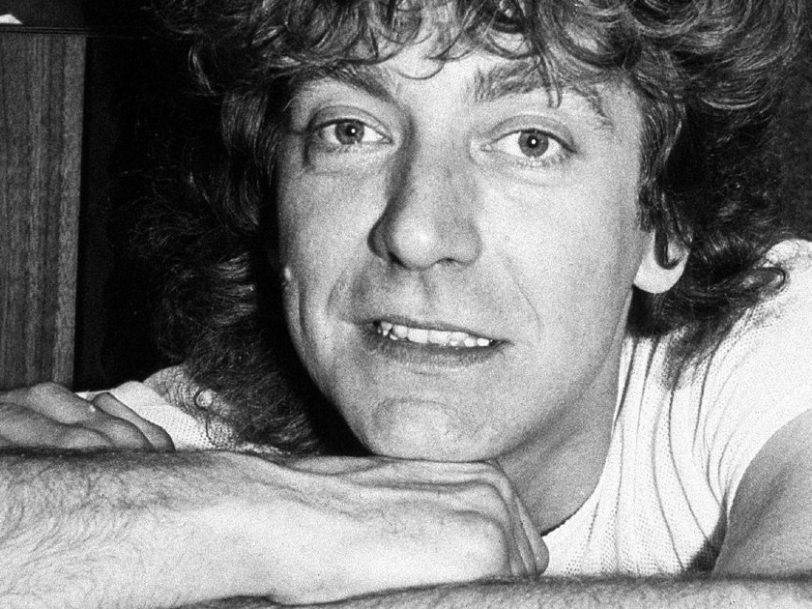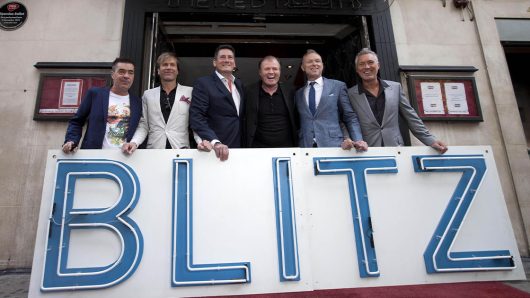Barely 18 months elapsed between Led Zeppelin announcing their split, in December 1980, and Robert Plant issuing his confident debut solo album, Pictures At Eleven, in the summer of 1982. Yet, while the singer’s transition from iconic frontman to credible solo star appears to be seamless enough, the journey was actually fraught with uncertainty – not least because Plant was labouring under the weight of some significantly heavy history.
Listen to ‘Pictures At Eleven’ here.
“I want to know if we can make a big sound without it being heavy”
Unsure of how to greet his post-Led Zeppelin future, Plant initially moved sideways, forming an ad hoc covers band, The Honeydrippers, primarily for fun and to keep his hand in. However, after playing a series of shows on the UK club circuit, he began to feel the itch to do something new.
“There’s only so many times you can play Gene Vincent songs to 13 people in the Limit Club in Derby,” Plant said in a recent episode of his Digging Deep podcast. “I thought, I really want to know if we can make a big sound that sounds big without it being really, really heavy and tough. So I pulled a band together.”
Plant chose his new collaborators wisely. In fact, the core group who backed him on what became Pictures At Eleven – bassist Paul Martinez, former Black Sabbath keyboard alumnus Jezz Woodroffe and ex-Steve Gibbons Band guitarist Robbie Blunt – remained on board to shape future Plant outings, including The Principle Of Moments and Shaken ’n’ Stirred. However, the man who volunteered to occupy the drum stool gave Plant the impetus he really needed to launch his solo career.
“Phil Collins gave everyone a coating for playing too slow”
“I was helped absolutely and admirably by Phil Collins, who came along and said, ‘John Bonham was probably the most important influence in my life. I’ll sit on that stool for you,” Plant recalled.




